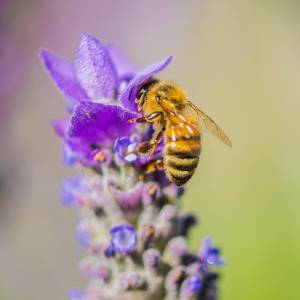Passion Fruit
A walkabout in the garden and found this beautiful piece of fruit.
Passiflora Edulis = Passion Fruit
Was researching the name and found its Etymology on WIKIpedia. Interesting!
The "Passion" in "passion flower" refers to the passion of Jesus in Christian theology. In the 15th and 16th centuries, Spanish Christian missionaries adopted the unique physical structures of this plant, particularly the numbers of its various flower parts, as symbols of the last days of Jesus and especially his crucifixion.
Blue Passion Flower (P. caerulea) showing most elements of the Christian symbolism
The pointed tips of the leaves were taken to represent the Holy Lance.
The tendrils represent the whips used in the flagellation of Christ.
The ten petals and sepals represent the ten faithful apostles (excluding St. Peter the denier and Judas Iscariot the betrayer).
The flower's radial filaments, which can number more than a hundred and vary from flower to flower, represent the crown of thorns.
The chalice-shaped ovary with its receptacle represents a hammer or the Holy Grail
The 3 stigmas represent the 3 nails and the 5 anthers below them the 5 wounds (four by the nails and one by the lance).
The blue and white colors of many species' flowers represent Heaven and Purity.
The flower has been given names related to this symbolism throughout Europe since that time. In Spain, it is known as espina de Cristo ("Christ's thorn"). Older Germanic names[18] include Christus-Krone ("Christ's crown"), Christus-Strauss ("Christ's bouquet"[19]), Dorn-Krone ("crown of thorns"), Jesus-Lijden ("Jesus' passion"), Marter ("passion"[20]) or Muttergottes-Stern ("Mother of God's star"[21]).
Outside the Christian heartland, the regularly shaped flowers have reminded people of the face of a clock; in Israel they are known as "clock-flower" (שעונית), and in Japan they are called tokeisō (時計草, "clock plant"). In Hawaiian, they are called lilikoʻi; lī is a string used for tying fabric together, such as a shoelace, and liko means "to spring forth leaves".[22]
In India, blue passionflowers are called Krishnakamala in Karnataka and Maharashtra, while in UP and generally north it is colloquially called "Paanch Paandav". The flower's structure lends itself to the interpretation along the lines of five Pandavas, the Divine Krishna at centre, and the opposing hundred at the edges. The colour blue is moreover associated with Krishna as colour of his aura.
In northern Peru and Bolivia, the banana passionfruits are known as tumbos. This is one possible source of the name of the Tumbes region of Peru.
In Turkey shape of the flowers have reminded people of Rota Fortunae thus it called Çarkıfelek.
- 0
- 0
- Nikon D600
- 1/50
- f/2.8
- 70mm
- 100

Comments
Sign in or get an account to comment.


